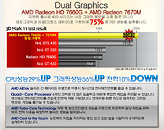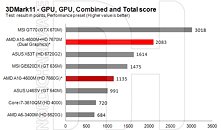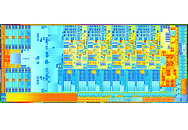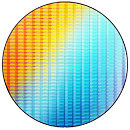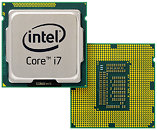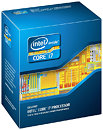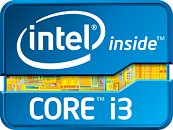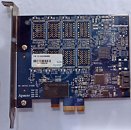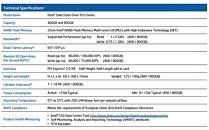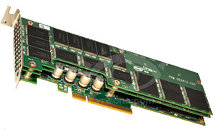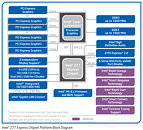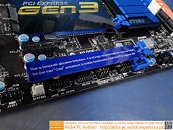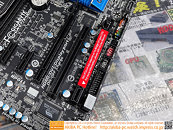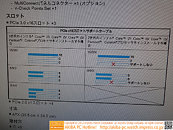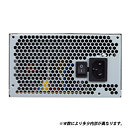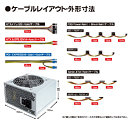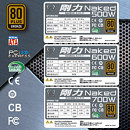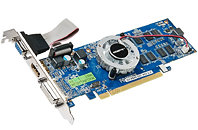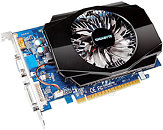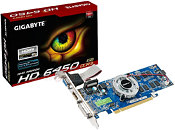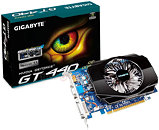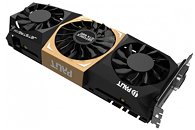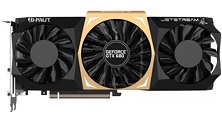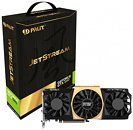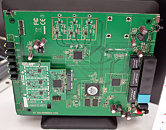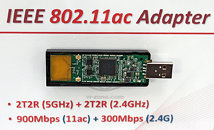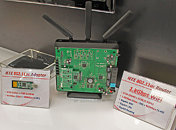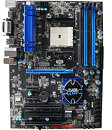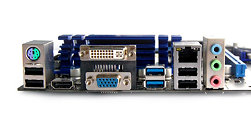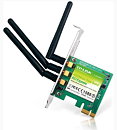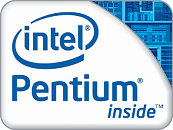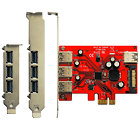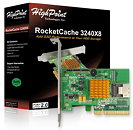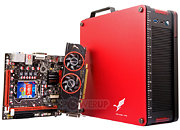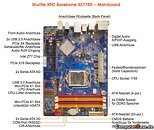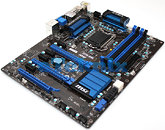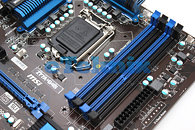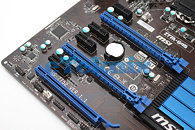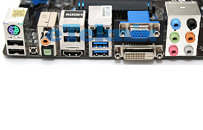
ASUS Teases Feature-Packed P8Z77-V Premium Motherboard
To an interview with Anandtech, ASUSTek USA representative JJ carried with him a sackful of new Z77 Express-based motherboards. One of these caught keen eyes at VR-Zone, which attempted to describe what it saw. Called the P8Z77-V Premium, this motherboard is poised to go a notch above the already launched P8Z77-V Deluxe, in terms of features. The new P8Z77-V Premium is a crossover between the Deluxe and WS (Workstation) models, in that it features no less than four PCI-Express x16 slots in its all-PCIe slot loadout. The electrical configuration of these four slots is hard to guess, but there is a tiny PLX bridge chip that adds a few PCIe 2.0 lanes to the board's PCIe budget, to wire out onboard controllers.
Speaking of onboard connectivity, apart from eight angled internal SATA ports, there clearly is an mSATA slot, which is populated by an SSD. Perhaps an SSD that's fit for Rapid Storage and Rapid Start technologies is a standard accessory with the P8Z77-V Premium. Just below the WLAN b/g/n + Bluetooth add-on card, one could spy a mini-DisplayPort. It's highly likely that the port is wired to a Thunderbolt controller apart from Intel Flexible Display Interface. The rest of the rear panel could be similar to that of the P8Z77-V Deluxe. The P8Z77-V Premium could command a price-point over US $300, the source postulates.
Speaking of onboard connectivity, apart from eight angled internal SATA ports, there clearly is an mSATA slot, which is populated by an SSD. Perhaps an SSD that's fit for Rapid Storage and Rapid Start technologies is a standard accessory with the P8Z77-V Premium. Just below the WLAN b/g/n + Bluetooth add-on card, one could spy a mini-DisplayPort. It's highly likely that the port is wired to a Thunderbolt controller apart from Intel Flexible Display Interface. The rest of the rear panel could be similar to that of the P8Z77-V Deluxe. The P8Z77-V Premium could command a price-point over US $300, the source postulates.




